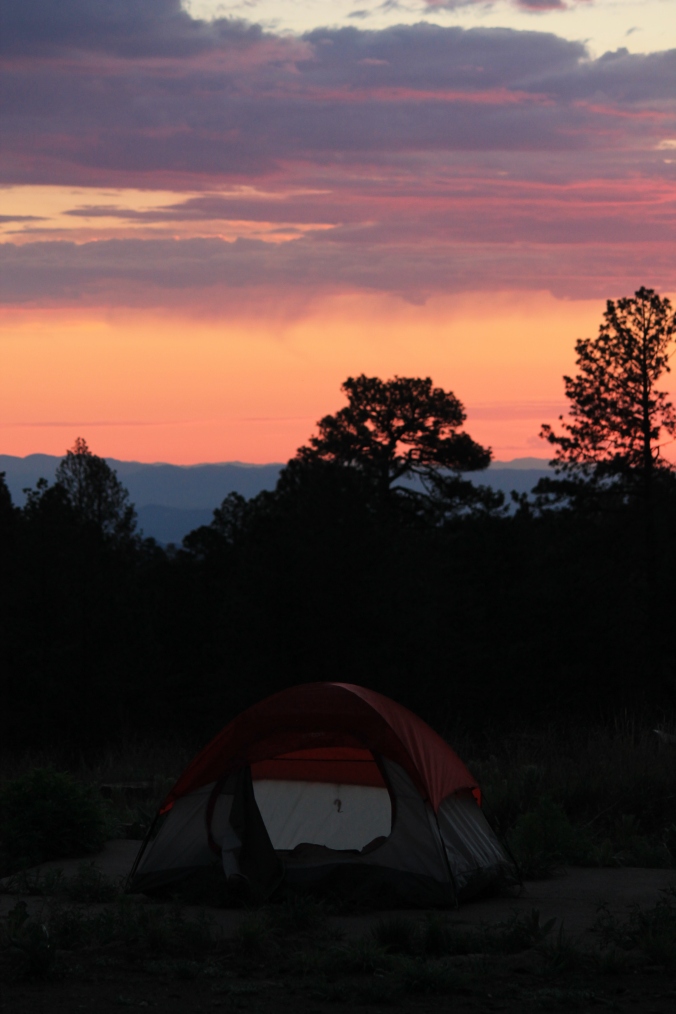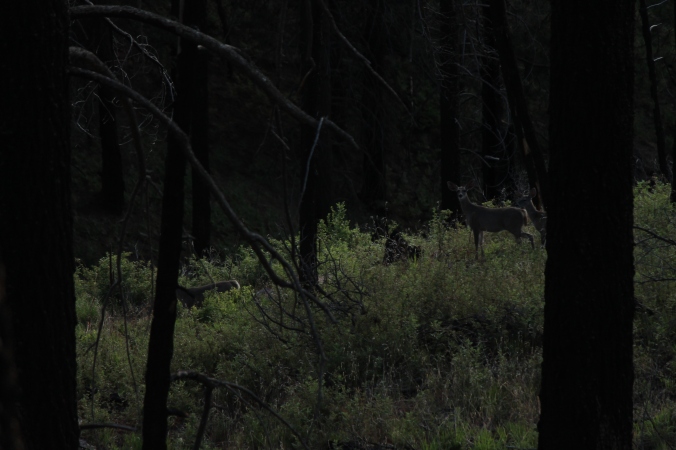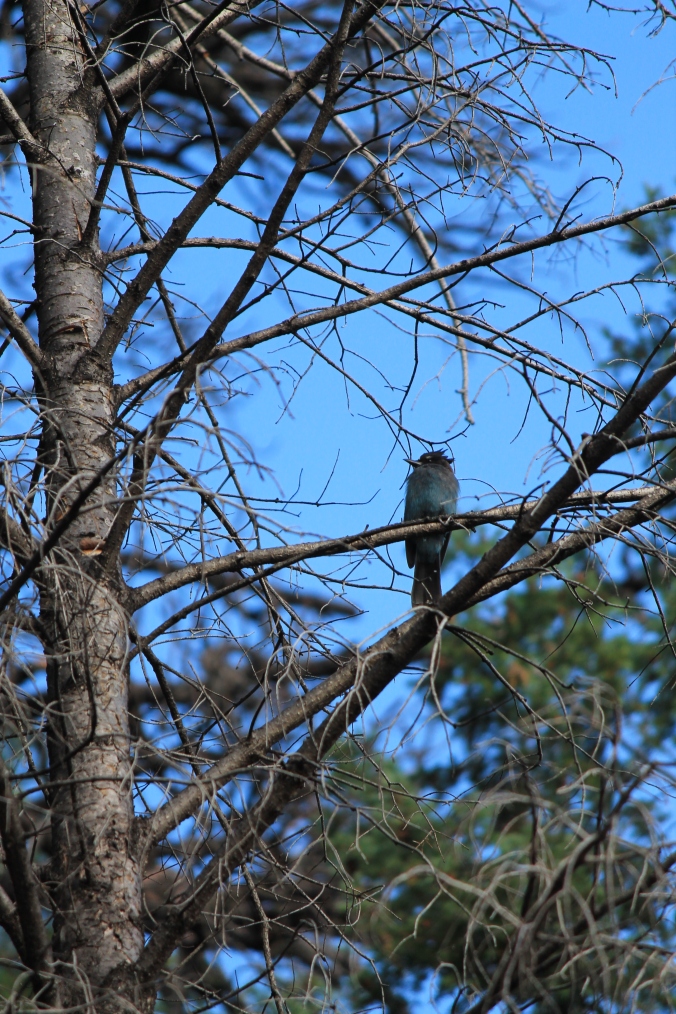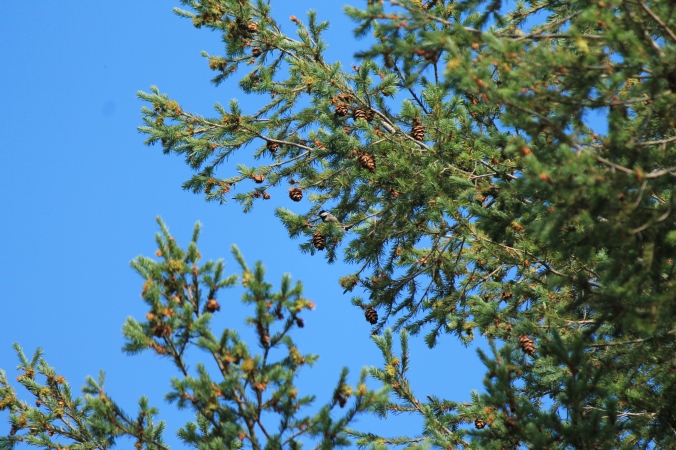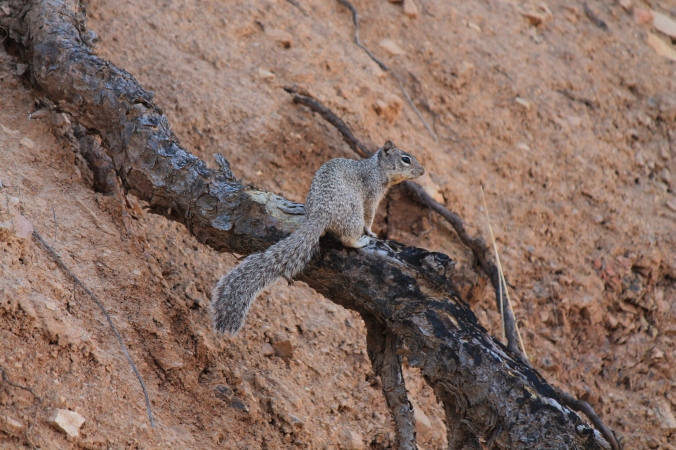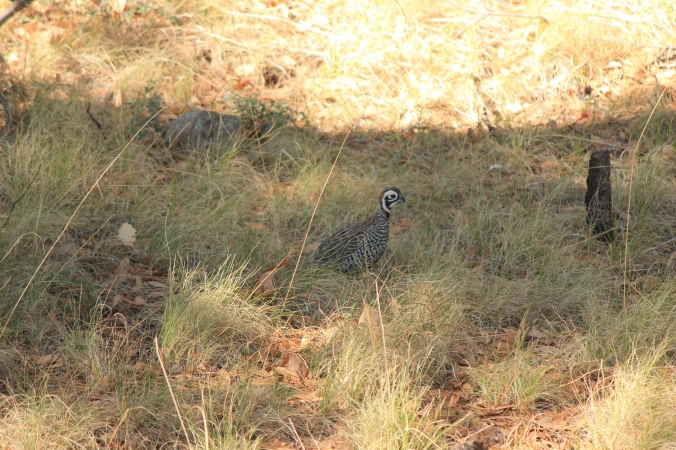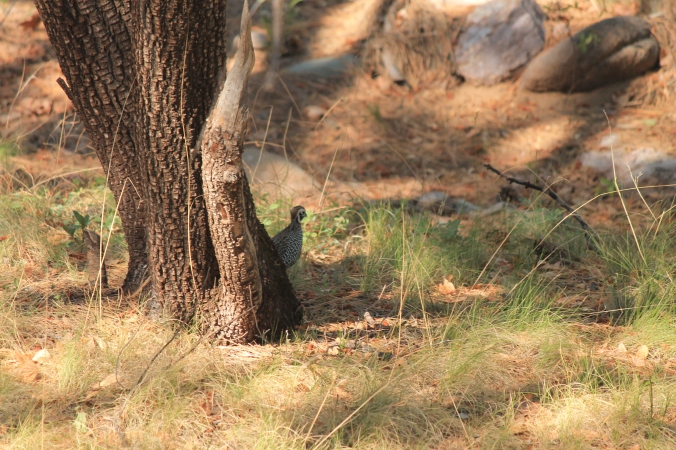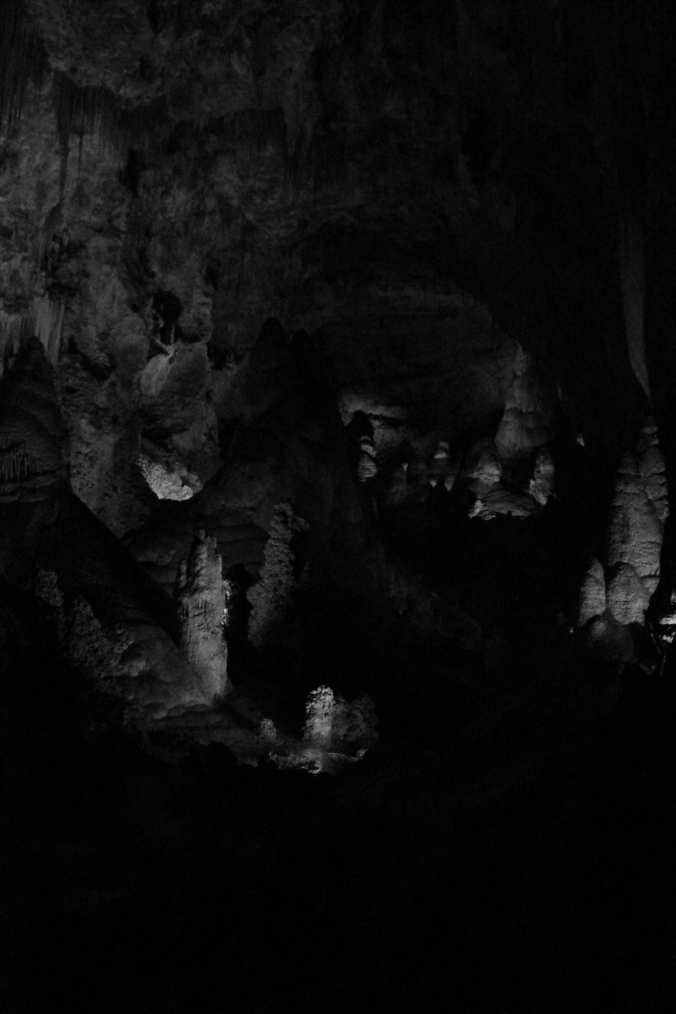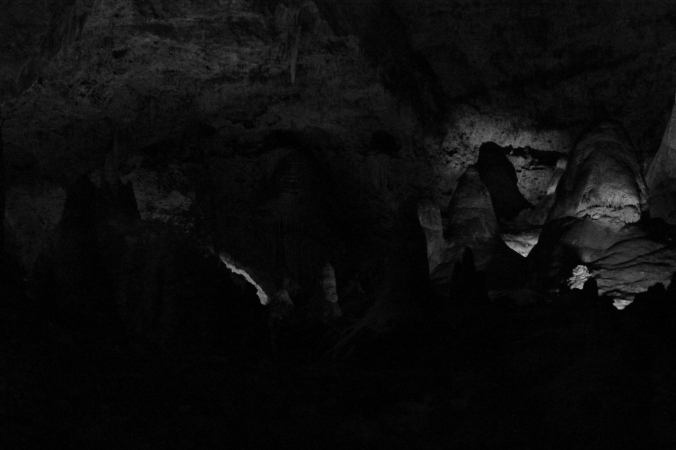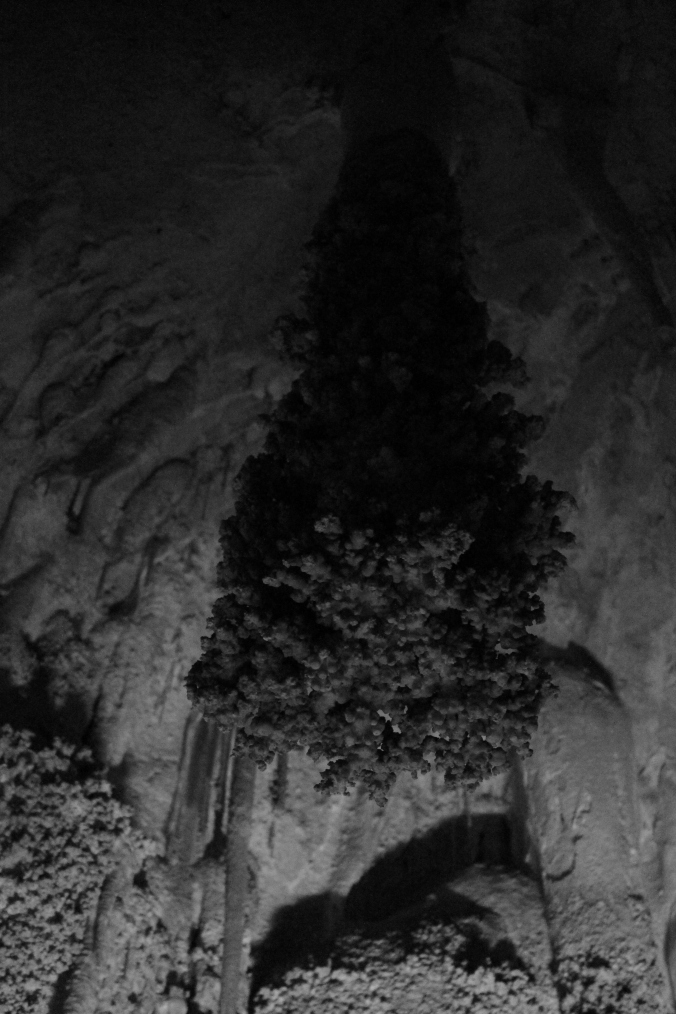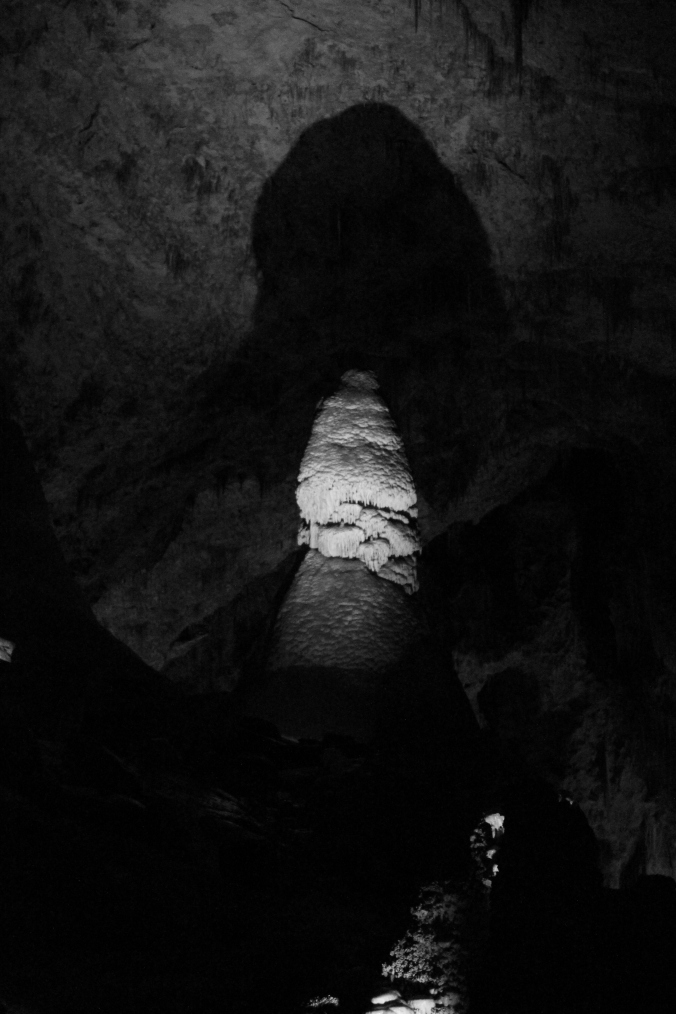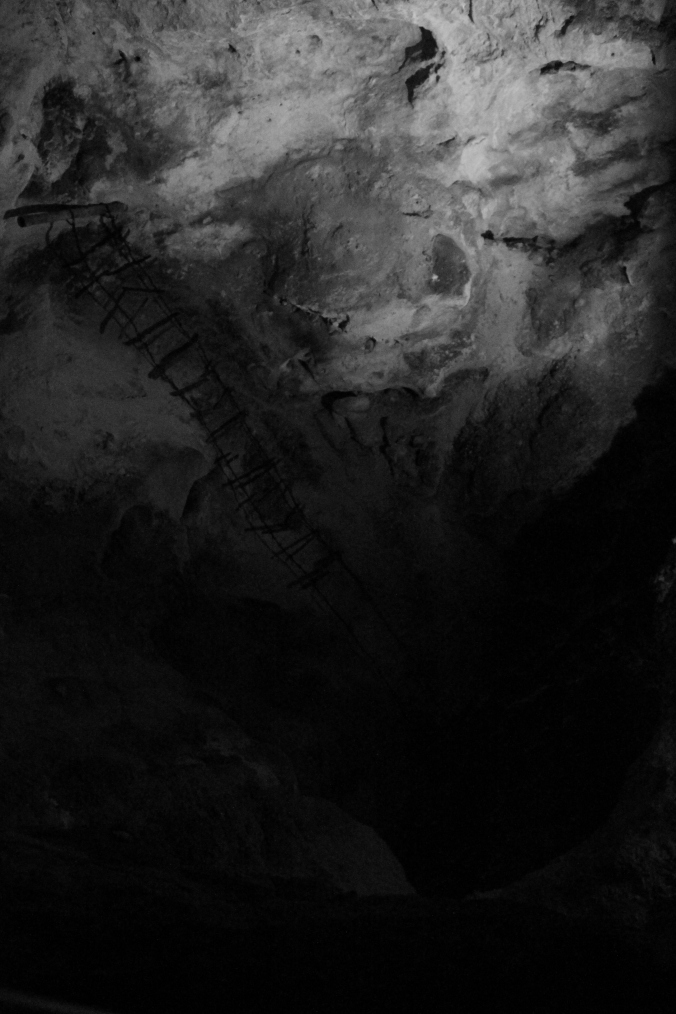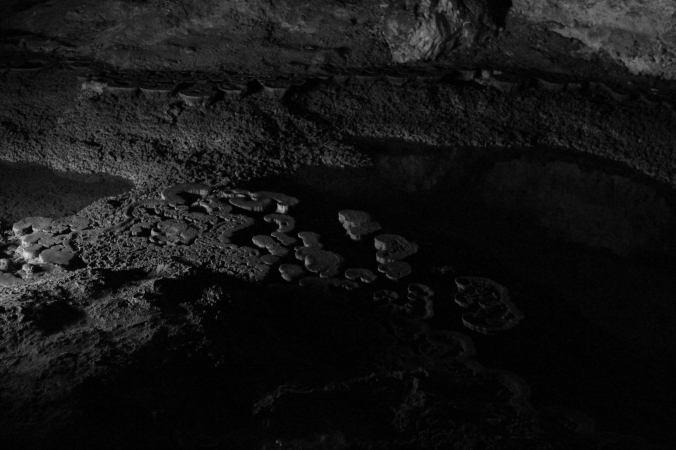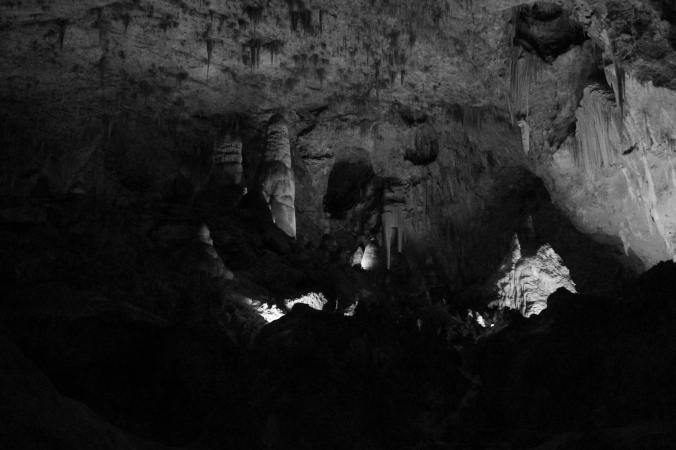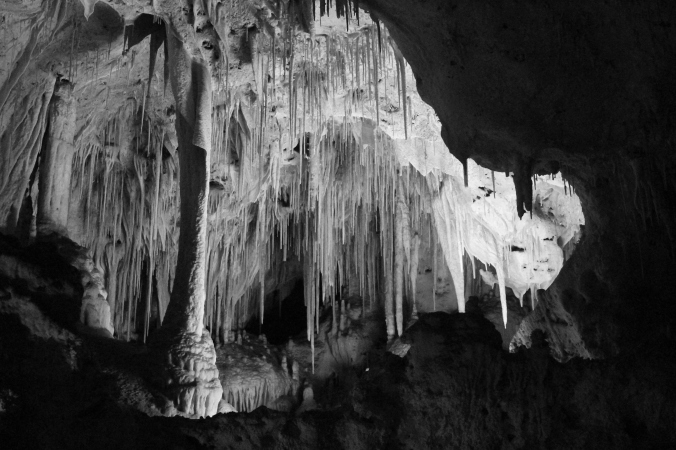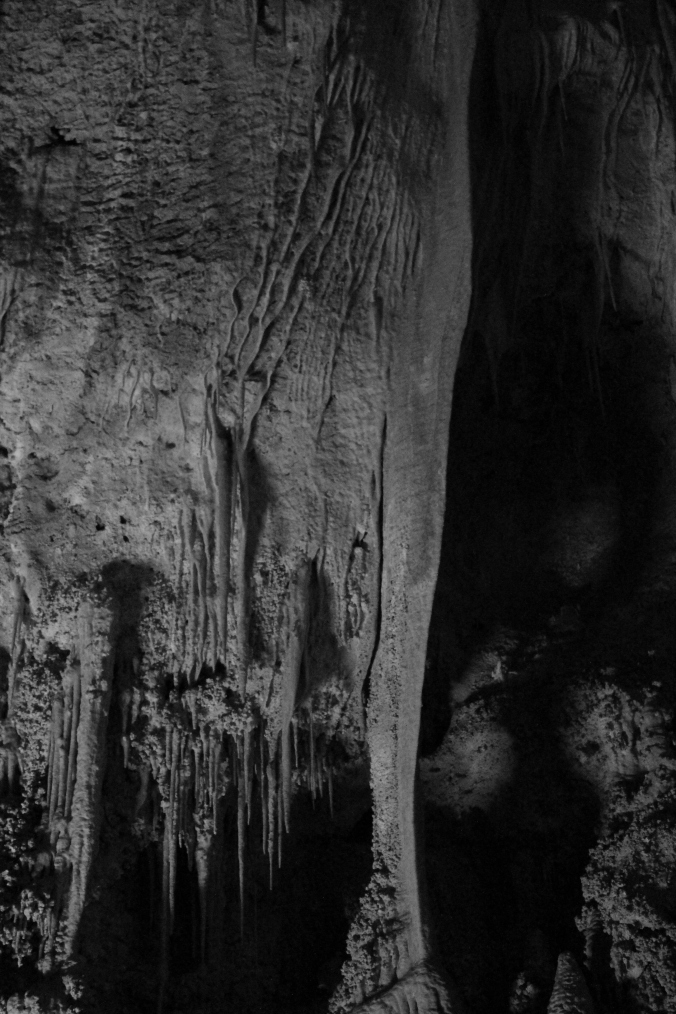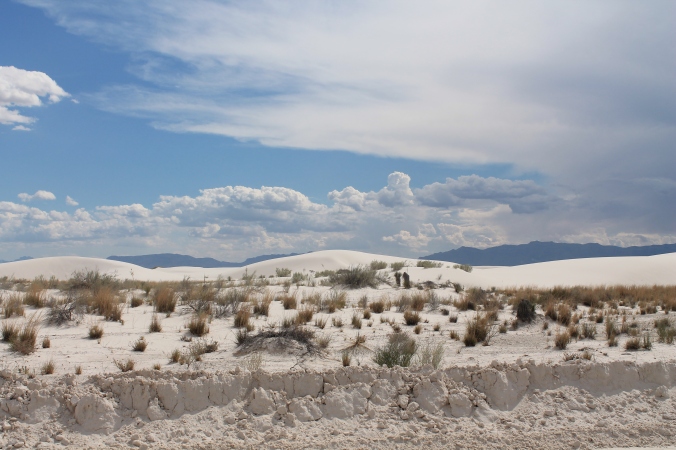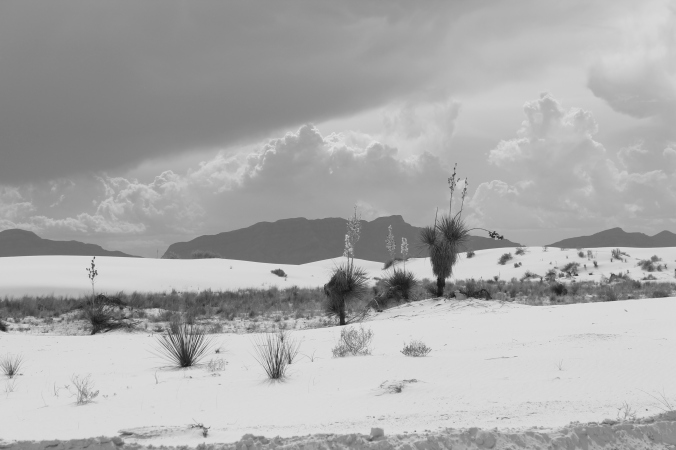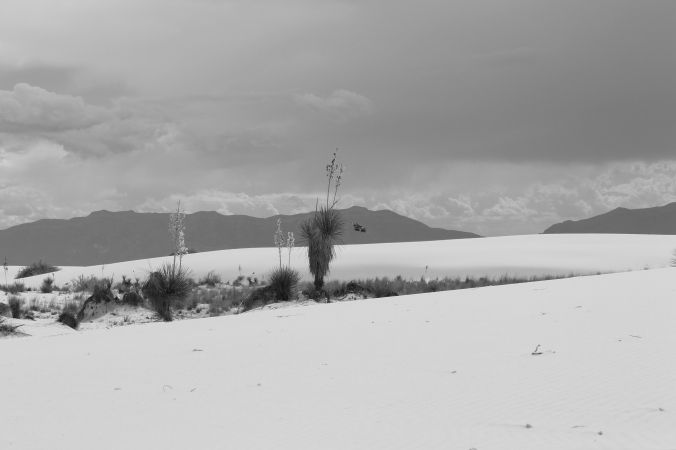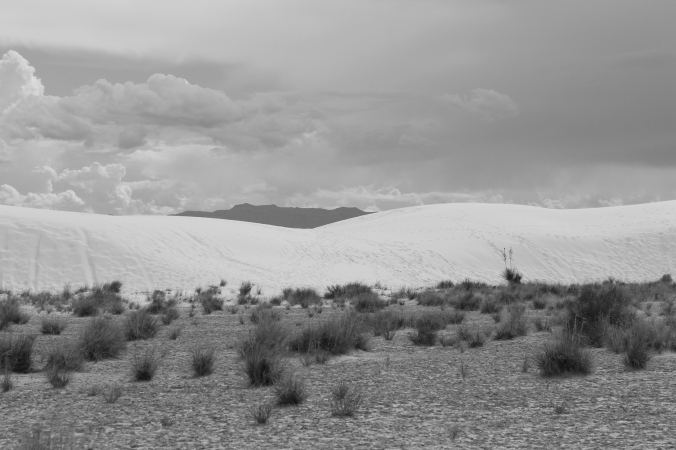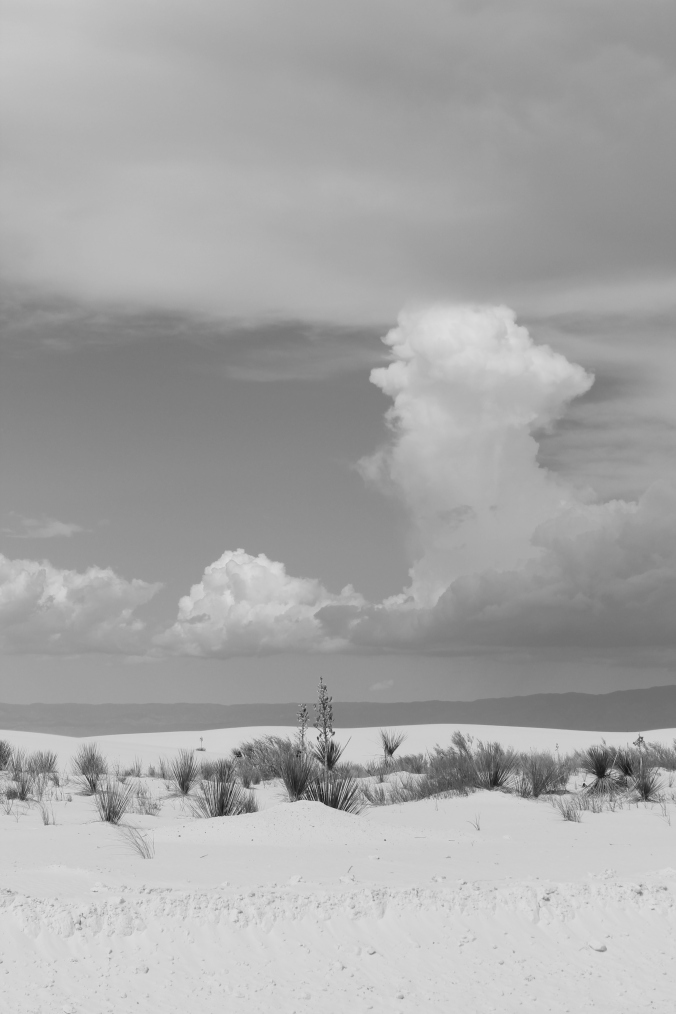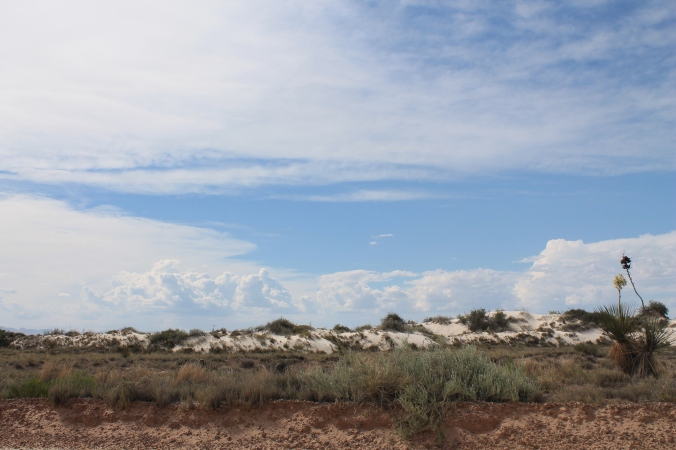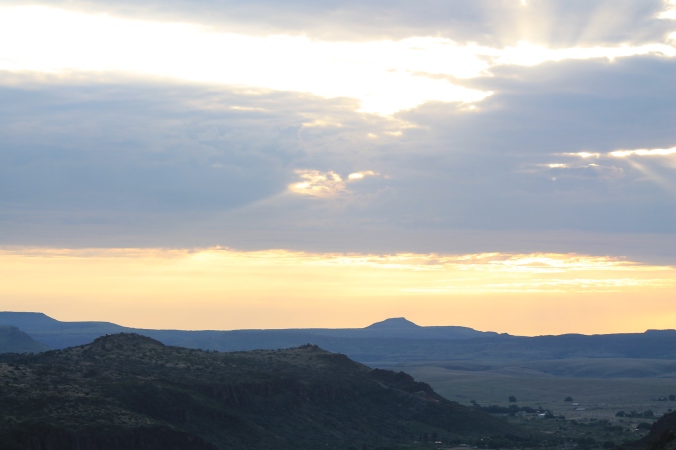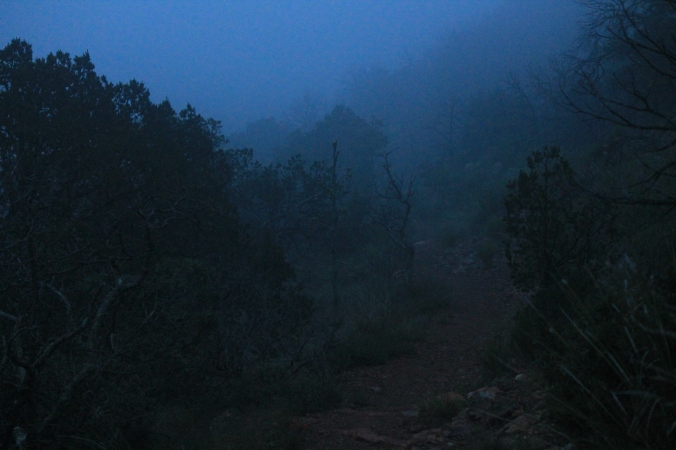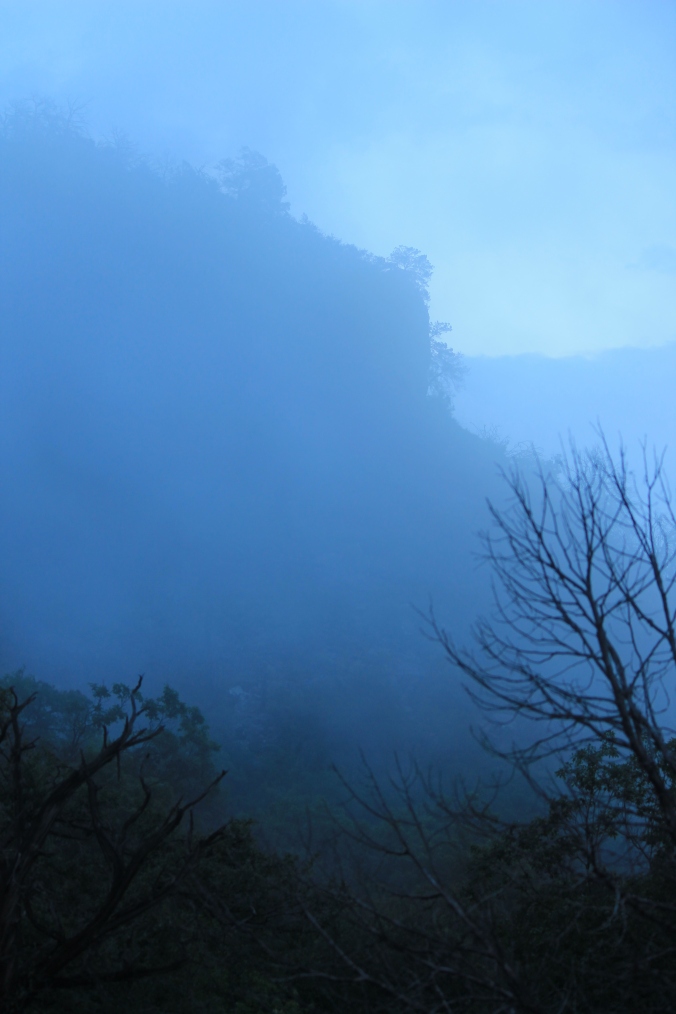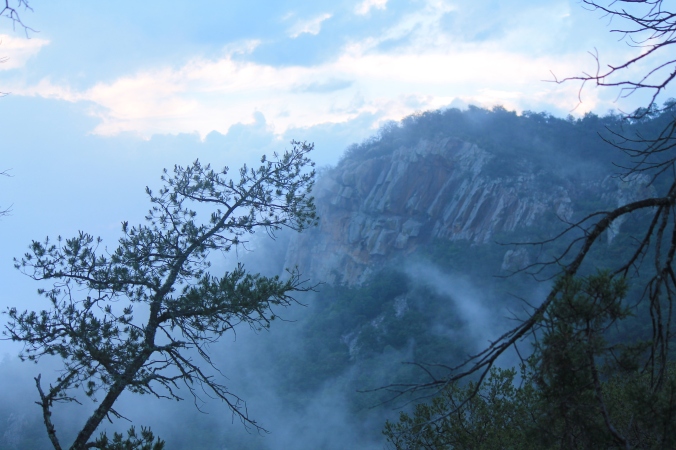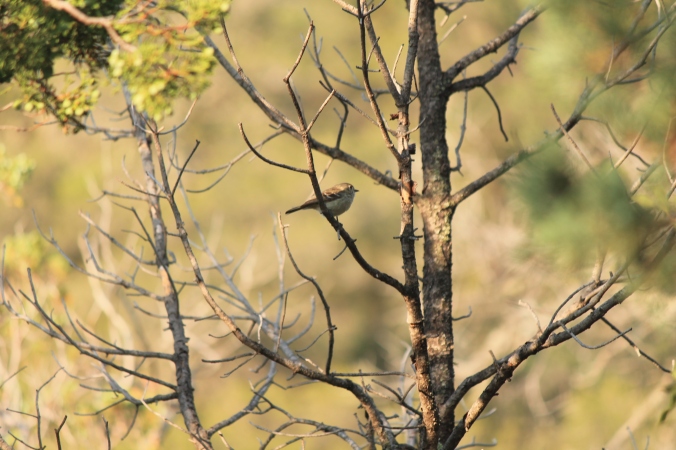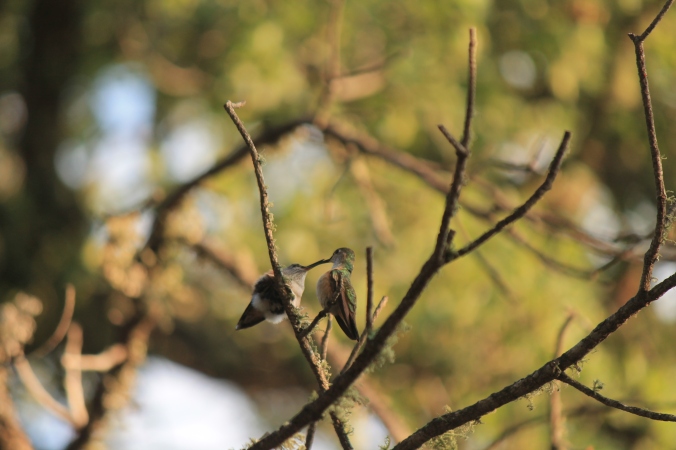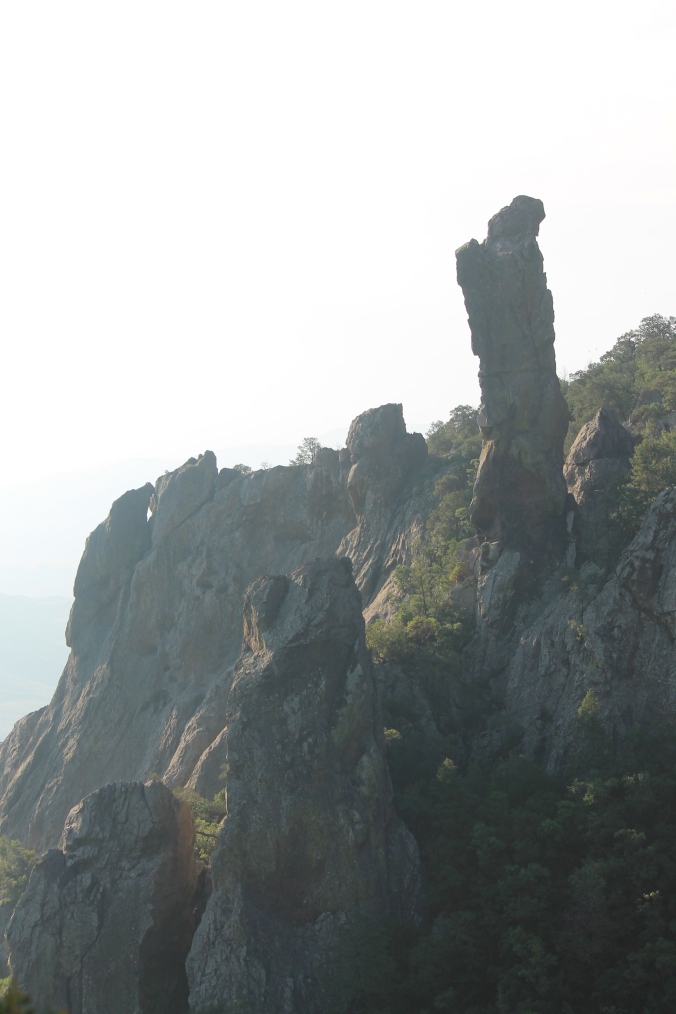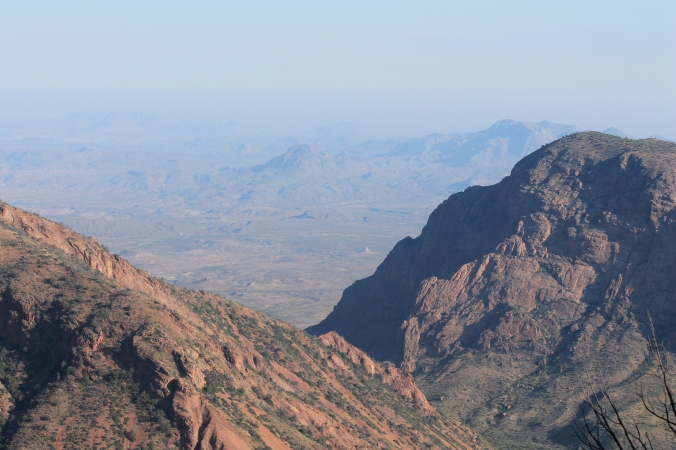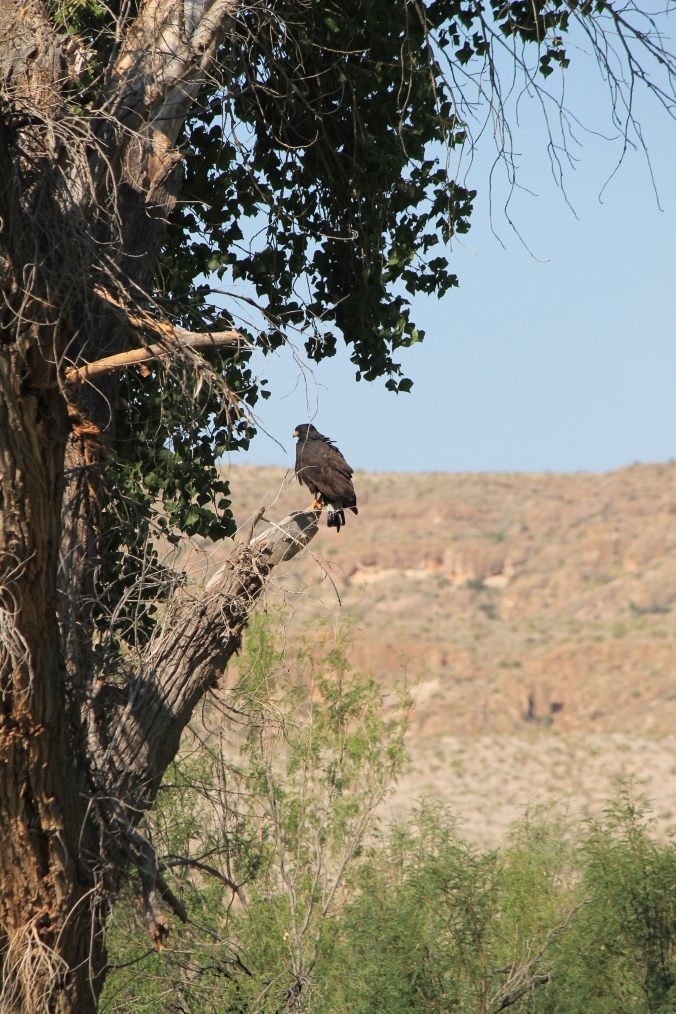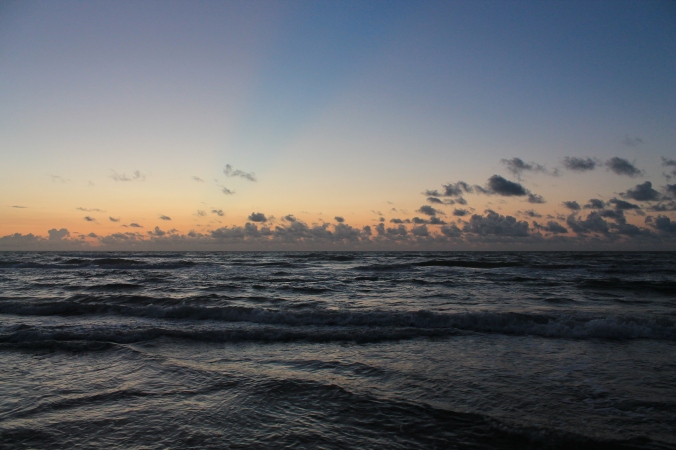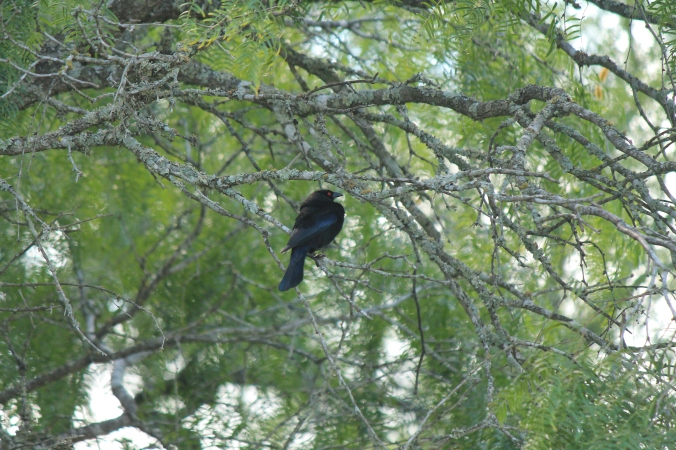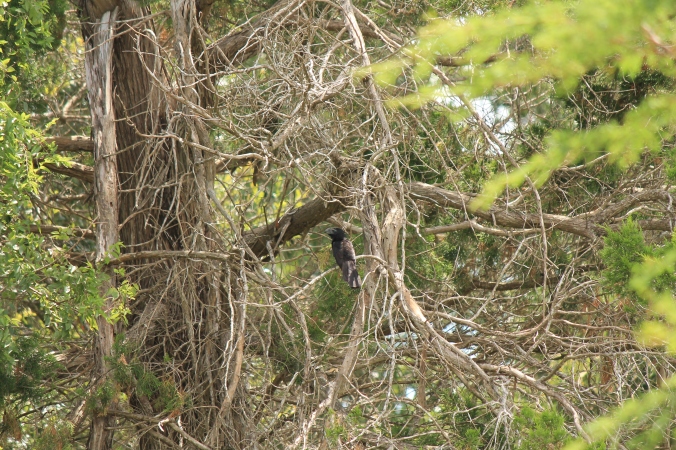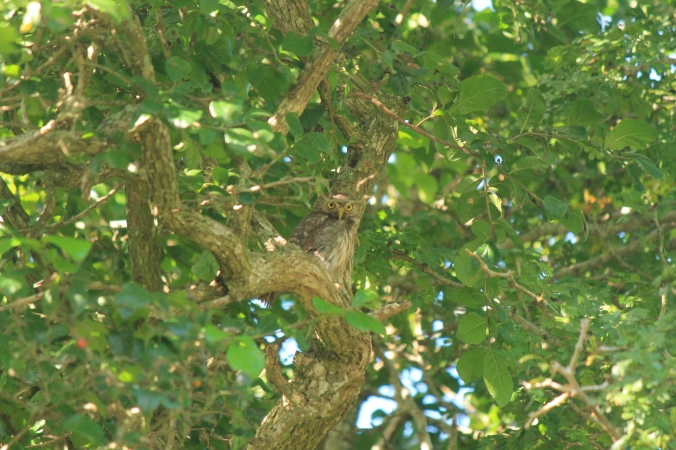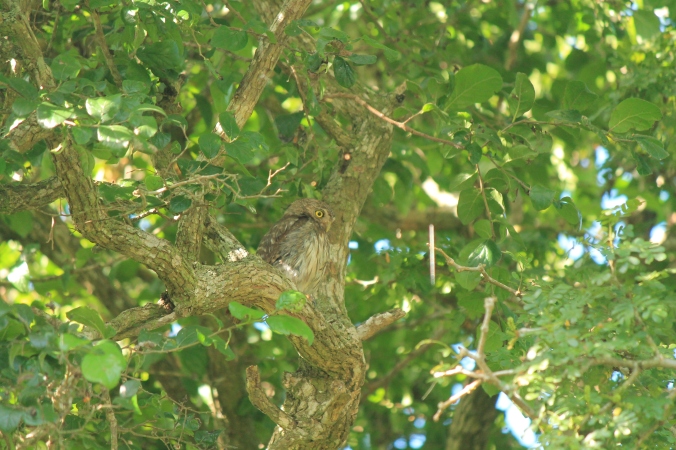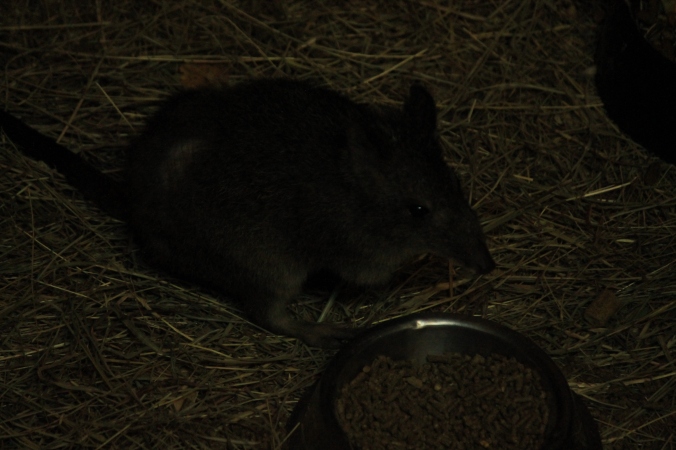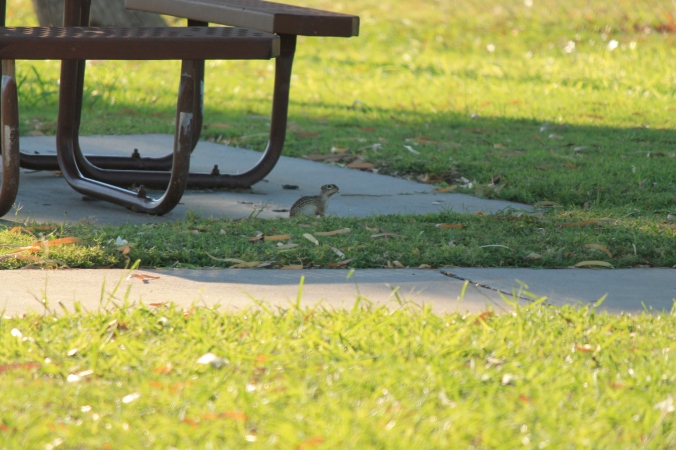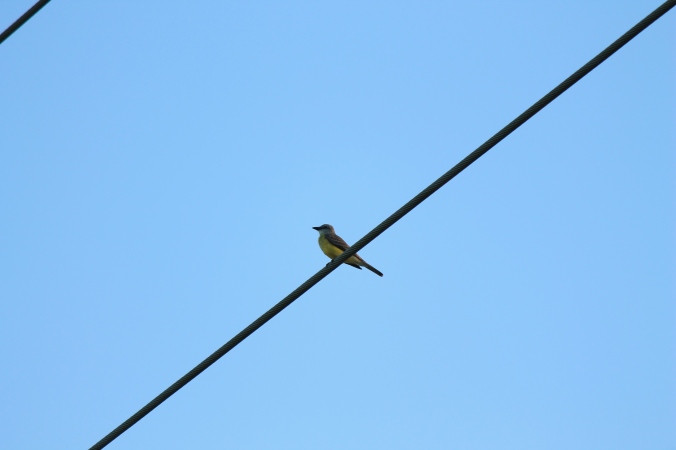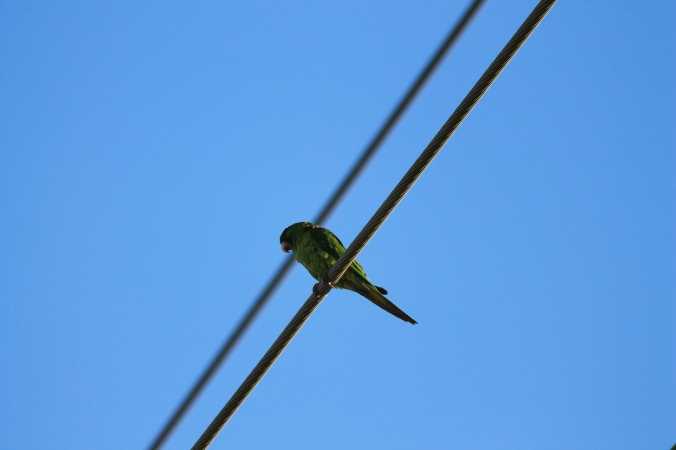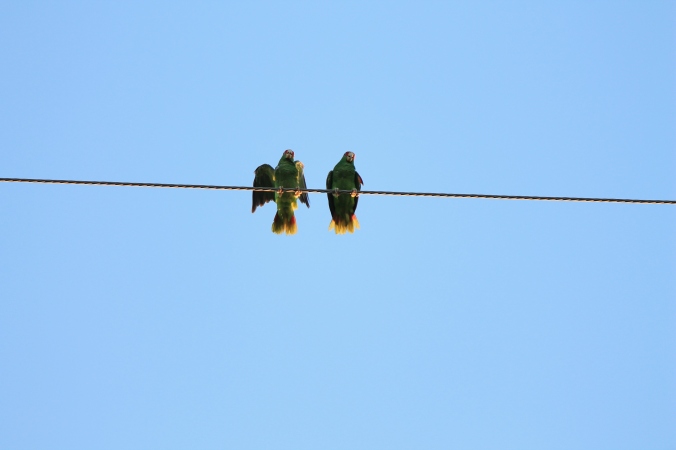June 17, 2015
I awoke super early in the morning. Changing two time zones the day before will do that. I go from the last light of day ending around 10 PM to sunrise at 4:45. That’s a big switch.
The dawn chorus is in full effect. My one goal here is the Mexican Chickadee. Chickadees are usually easy to find. They’re gregarious.
They’re supposed to be here too.
We start looking and listening. Yellow-Eyed Juncos are everywhere. What would be a fantastic bird anywhere else, is getting in the way of finding the chickadee. They have a buzzing call that throws me off every time I hear it. We start looking up in the top of the trees.
We start to see lots of little birds flitting about, but in the low light, they’re hard to ID. Then, one catches our attention. It’s high up, small, and clearly not a junco. There’re two of them. Yellow breast on one I notice. My friend Keith sees orange. It’s a warbler of some kind. Up here, there are two options: Grace’s or Olive. Either would be a lifer. Both have yellow or orange bellies. But, the Grace’s have striping, our bird didn’t.
#377 – Olive Warbler (lifer #480)
Fist pump. That’s a good bird.
Lots of wildlife up here, like the diminutive Coue’s White-Tailed Deer.
We wander up the trail. We see some Steller’s Jays.
A little further up the trail, I notice that there are now some fir trees interspersed in the pine trees. Then, the chickadees arrive. Finally, after 4 trips to these mountains, I get the Mexican Chickadee.
#378 – Mexican Chickadee (lifer #481)
We head back to our camp. Just as we turn back, Keith says, there’s a yellow bird up there. I turn am hear a whoosh by my head. I’m nearly hit by a Western Tanager. It clearly didn’t like my yellow hair encroaching on its yellowness.
#379 – Western Tanager
From here, we have a quick breakfast of Pop Tarts and try to figure out how best to do the rest of Arizona. We try to lay out each day and what the plans and targets are. We decide to go into the Chiricahua National Monument right next door to where we are (and by next door, I mean 45 minutes away through 15 miles of some of the worst dirt roads I’ve ever driven on).
We descend. I’m able to spot both Mexican Fox Squirrels and Cliff Chipmunks. Both year mammals for me.
Then, about 3/4 of the way down, I spot two birds casually walking across the road. They look like quails. They are quails.
Just then, some asshole, comes ripping by on the road. The only other car we see on the road. The quails run off into the forest. We scan for them. They still there, acting nonchalant. A pair of Montezuma Quail. Just sitting there posing for us.
Turns out this was a good stop all around. There’s lots of action here. Some Coue’s White-Tailed Deer are near the stream and a Hepatic Tanager is flying between the trees.
#380 – Hepatic Tanager
It’s mid-morning by the time we get to the monument. The birds are all hunkered away prepared for the heat of the Arizona day. Nothing new to pick up here, but some great vistas.
By 11:30, we’re heading back to Wilcox and from there to Ramsey Canyon for hummingbirds and other goodies. We stop on the side of the road to look at a couple of Pyrruloxia and scope out a few other birds.
At this point, I haven’t had a cell phone signal in about 18 hours. I expect, I’ll have a few missed texts.
I do.
“Bret, call home immediately.”
“Where are you? Call home.”
“Get in touch, we need you.”
My parents and sister have been trying to reach me all morning. This isn’t good.
I call home. My grandmother has fallen. She’s hit her head and is bleeding internally.
“Do I need to come home?”
“Yes.”
At Wilcox, I head right while Keith heads left. It’s 12.5 hours back to Fort Worth. I can’t do it in one day, but I’ll do as much as possible.
Things aren’t good back home. I talk to my mom, dad, and sister. Evidently hospice has been called and she’s been transferred from the local hospital to the large regional hospital. It’s just a matter of waiting now.
My trip is over.
I make pretty good time. Until El Paso.
There, 1,000 feet from the Mexican border, that funny wobbling in my car turns into a full blown and exploded front passenger side tire. A good man knows how to change a tire. A smart man knows how to and then calls AAA.
I get the tire changed. (The AAA guy was an idiot. He didn’t even carry a tire gauge. Ummm, that’s kind of your job.) The wobbling is gone, and I head on home.
I make a pit stop in Van Horn. I know there is a spot there that I might be able to pick up one more bird, the Gambel’s Quail. I don’t see it, but I do get my first ever photos of Scaled Quail.
How odd it is that it’s in a graveyard.
I make it another couple of hours before I decide to stop. I pull over to a rest area before I get to Midland. I try to sleep here in the car. It’s not ideal, but it’s unplanned.
I groggily awake in the morning. I drive on in to Midland and Odessa. The only reason to ever visit these two cities is to pee and get gas.
I make it home by about 12:30.
And now, we wait.
